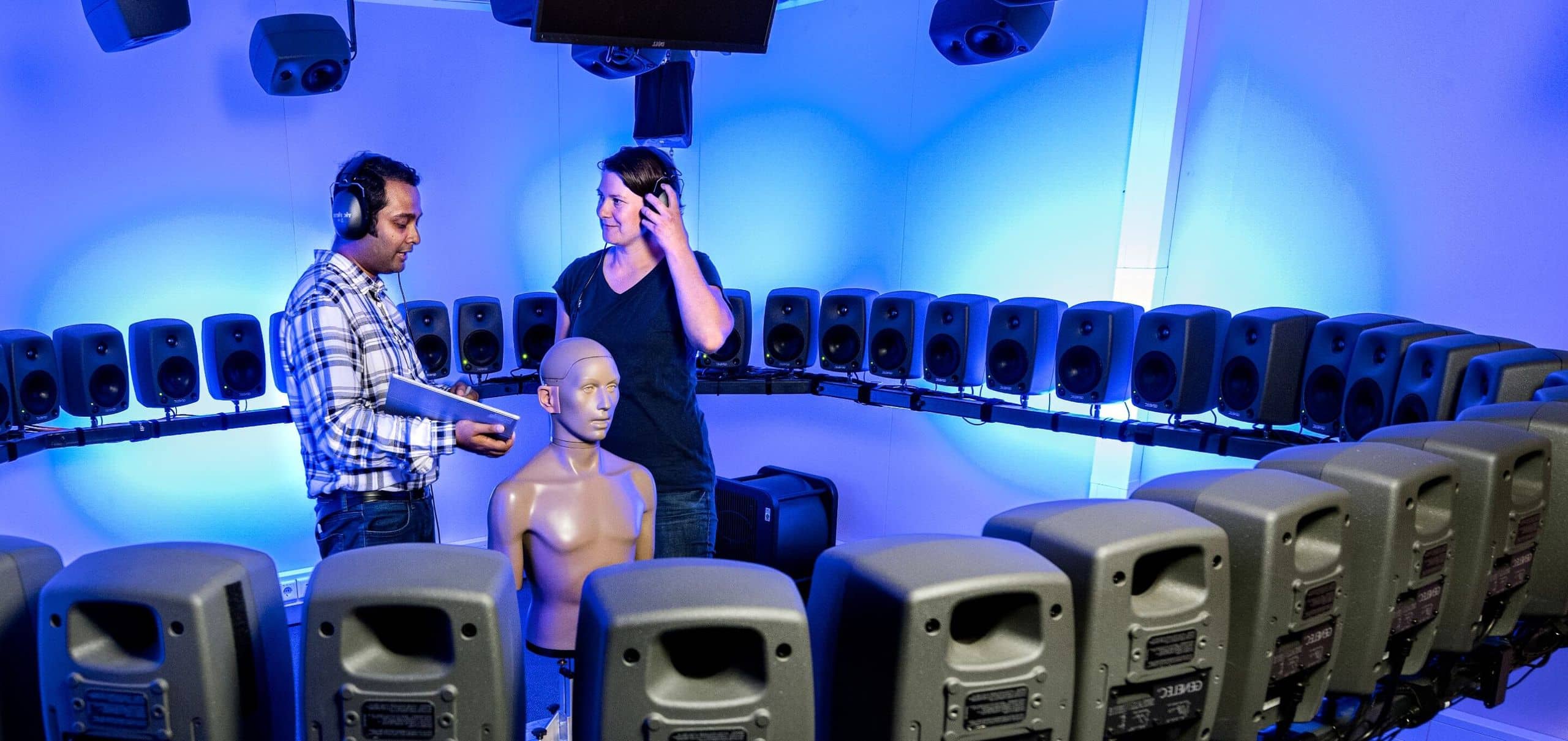
Innovation
Too many people are still living with untreated hearing loss. Our purpose of bringing wonderful sound to all through our multi-brand, multi-channel strategy sets very high standards for our R&D teams, as each brand, channel, and consumer segment has unique requirements.
We invest around EUR +170 million a year in R&D, corresponding to an R&D to sales ratio of 7 %
We have two distinct philosophies regarding sound: To create the most natural sound through ultra-fast processing in our PureSound technology and to enhance hearing performance by offering breakthrough audiological features through our Integrated Experience technology.
We have strong alliances with research institutes and industry pioneers to stay ahead of the curve and extend the reach of our creations. Our focus is holistic, encompassing physiological, neural, and behavioral research.
Our R&D powerhouse regularly delivers industry firsts and will continue to do so - since 1878.
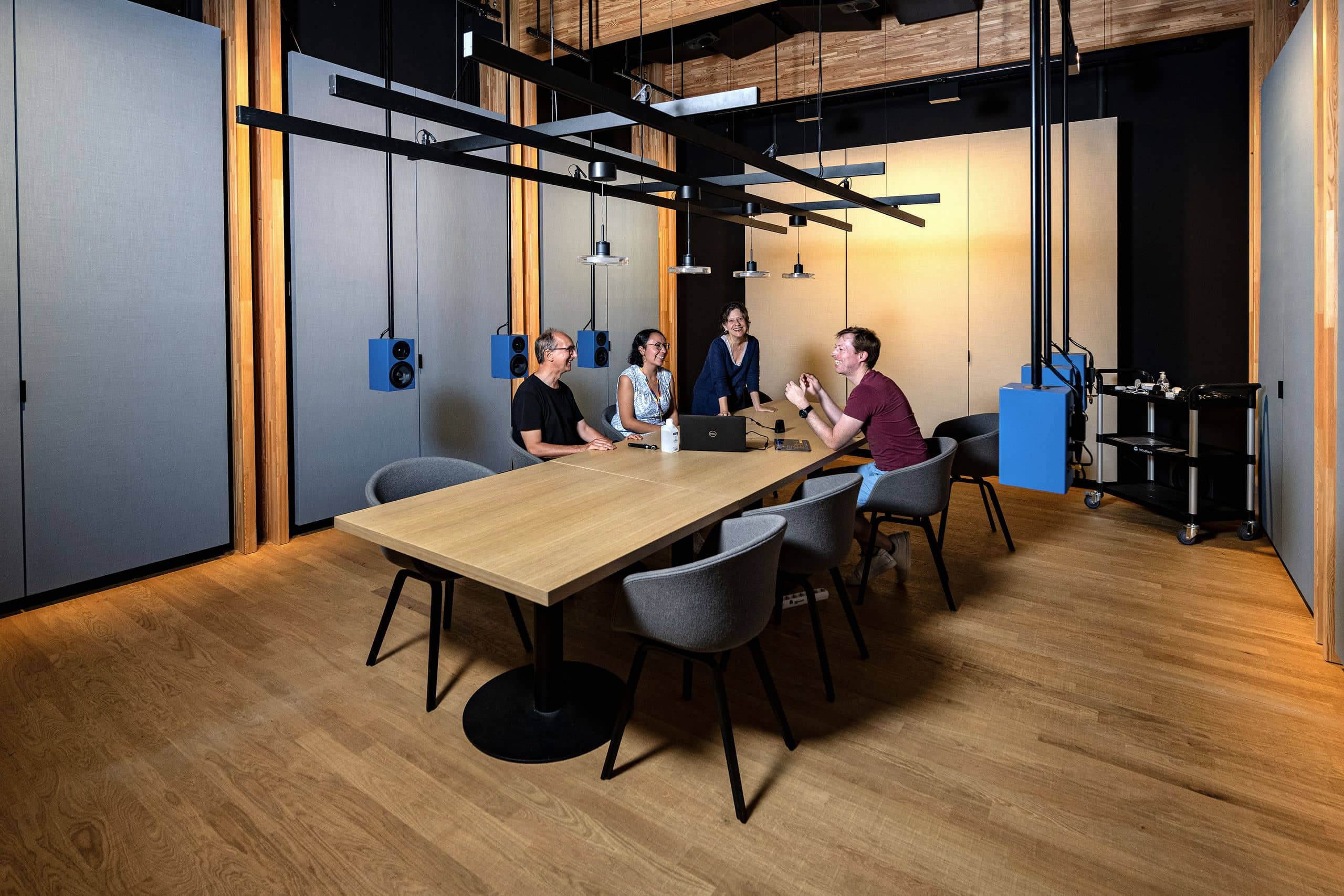
We work tirelessly to redefine the boundaries of hearing technology
Through ground-breaking research and development, we are shaping the future with passion and precision. We are proud to say that our experience has made us particularly strong in rechargeability, the most natural sound, and innovative design. Check out our most recent innovations.
Widex Allure
Powered by our next-generation W1 chip, the Widex Allure platform combines new and updated features that aim to balance crystal clear speech with accurate environmental sounds.
Signia Pure Charge&Go BCT IX
Signia Pure Charge&Go BCT IX has the longest battery runtime of any Bluetooth® Classic compatible hearing aid—up to 36 hours, including 5 hours of streaming, on a single charge.
Signia Active Pro IX
Signia Active Pro IX combines the advanced capabilities of full prescription hearing aids with the modern design of consumer earbuds.
Signia Insio IX
Signia Insio IX Invisible-in-the-Canal (IIC) and Completely-in-the-Canal (CIC) are engineered for conversations and designed for both first time and experienced hearing aid wearers.
Signia Styletto IX
The ultra-slim Signia Styletto IX is the world’s slimmest and most advanced Slim Receiver-in-Canal (Slim-RIC) hearing aid.
Widex SmartRIC
The Widex SmartRIC hearing aid features a groundbreaking L-shaped design that places the microphones at an improved angle to enhance directionality and better align with the wearer’s focus.
Rexton Reach
Rexton Reach is the rechargeable hearing aid with Multi-Voice Focus, allowing users to hear multiple voices at the same time.
Signia Integrated Xperience
Pure Charge&Go IX and Pure Charge&Go T IX offer advanced hearing technology in an attractive and comfortable receiver-in-canal (RIC) design.
Signia Integrated Xperience
Silk Charge&Go IX – an innovative completely-in-canal (CIC) hearing aid that pairs exceptional sound quality with unmatched discretion.
Widex Moment Sheer™ sRIC R D
Built around the Widex Moment™ platform and Puresound™, Moment sRIC is the most elegant Widex RIC hearing aids.
Widex Sound Assist™
A “Swiss army knife” from Widex to help our users feel more connected to the sounds that matter most to them.
Working with innovation across WS Audiology
More than 1000 employees work across five R&D hubs and offices worldwide to continuously develop new solutions.
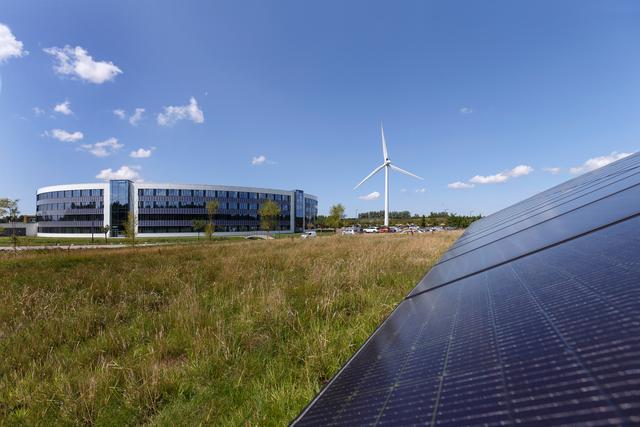
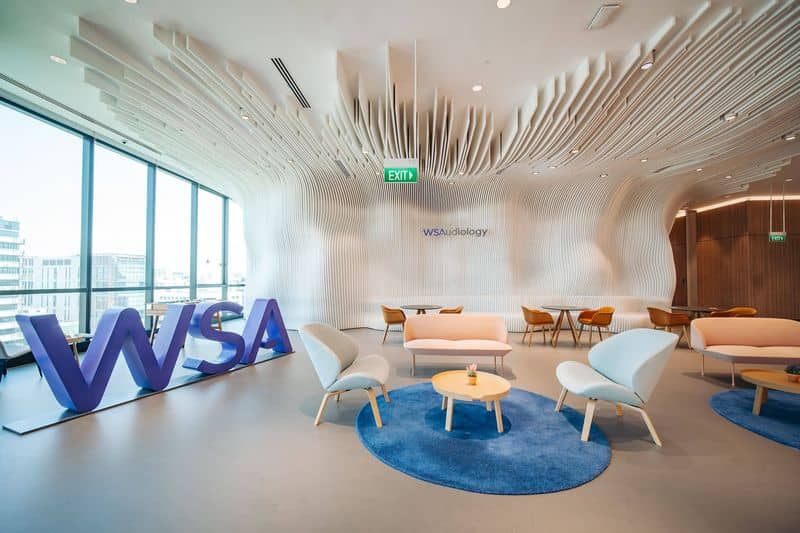
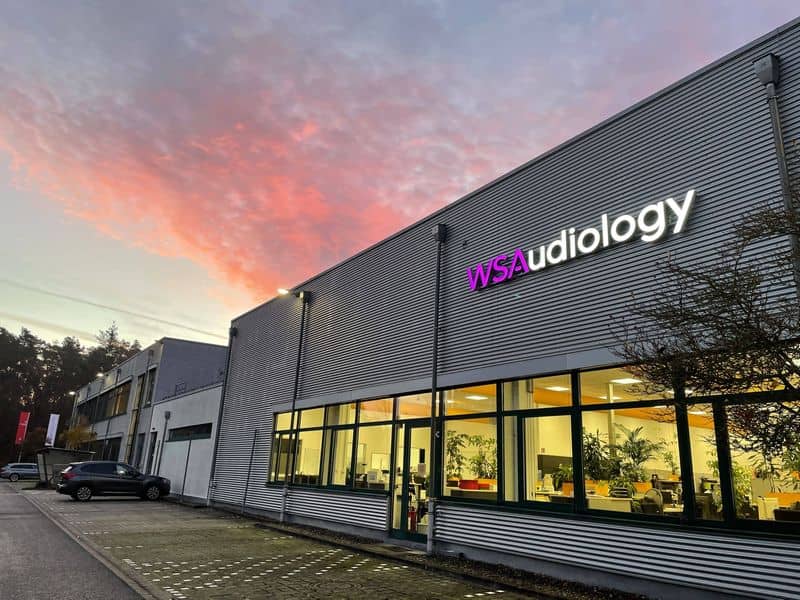
Stories in the Spotlight
We are very proud of the creativity and winning attitude of our R&D teams. Let’s introduce you to some of our innovative people across R&D.
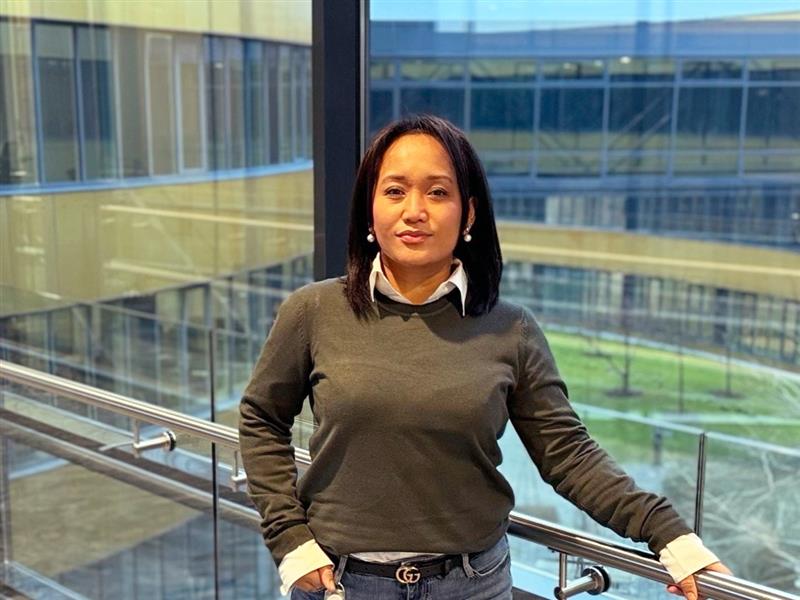
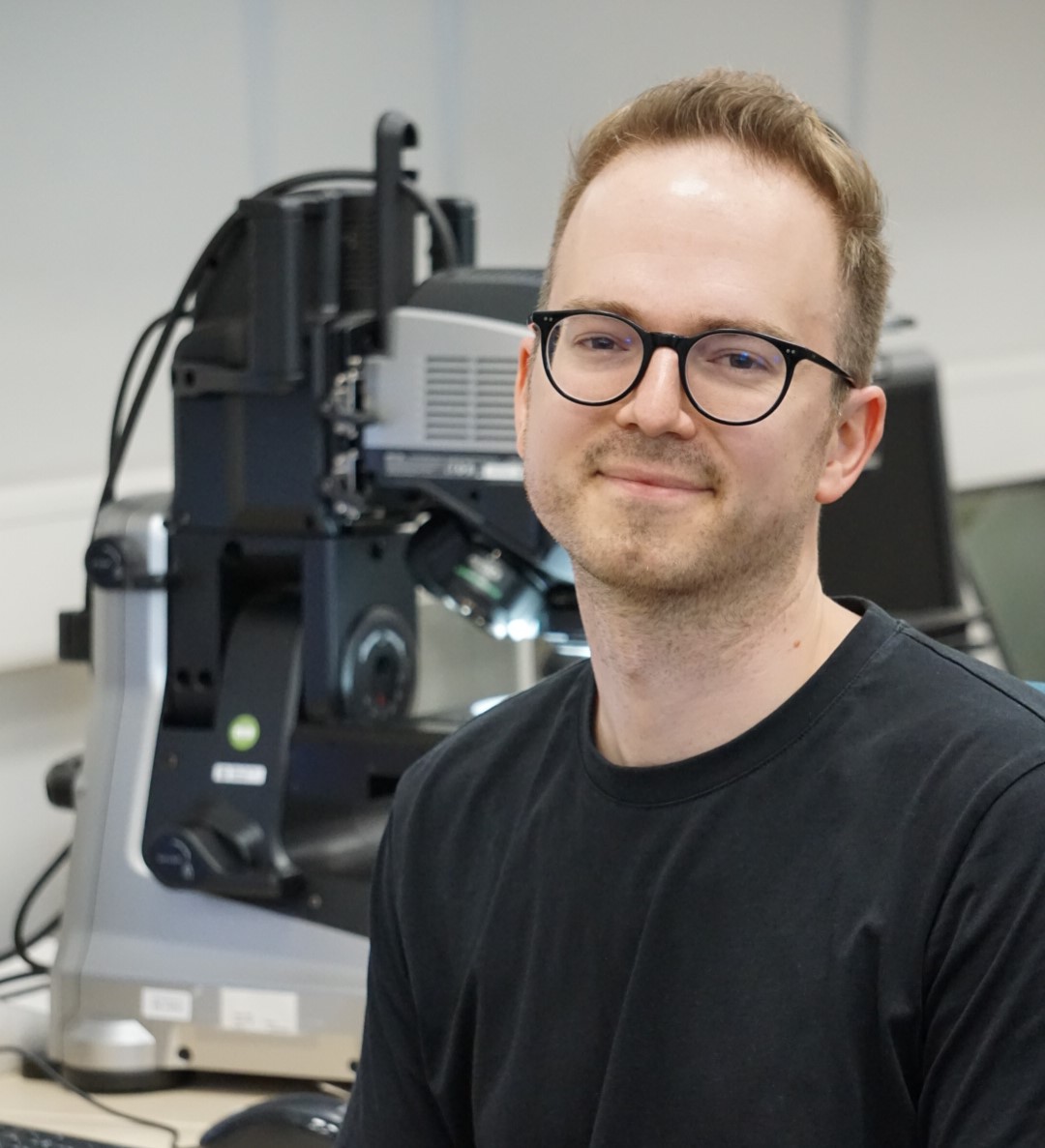
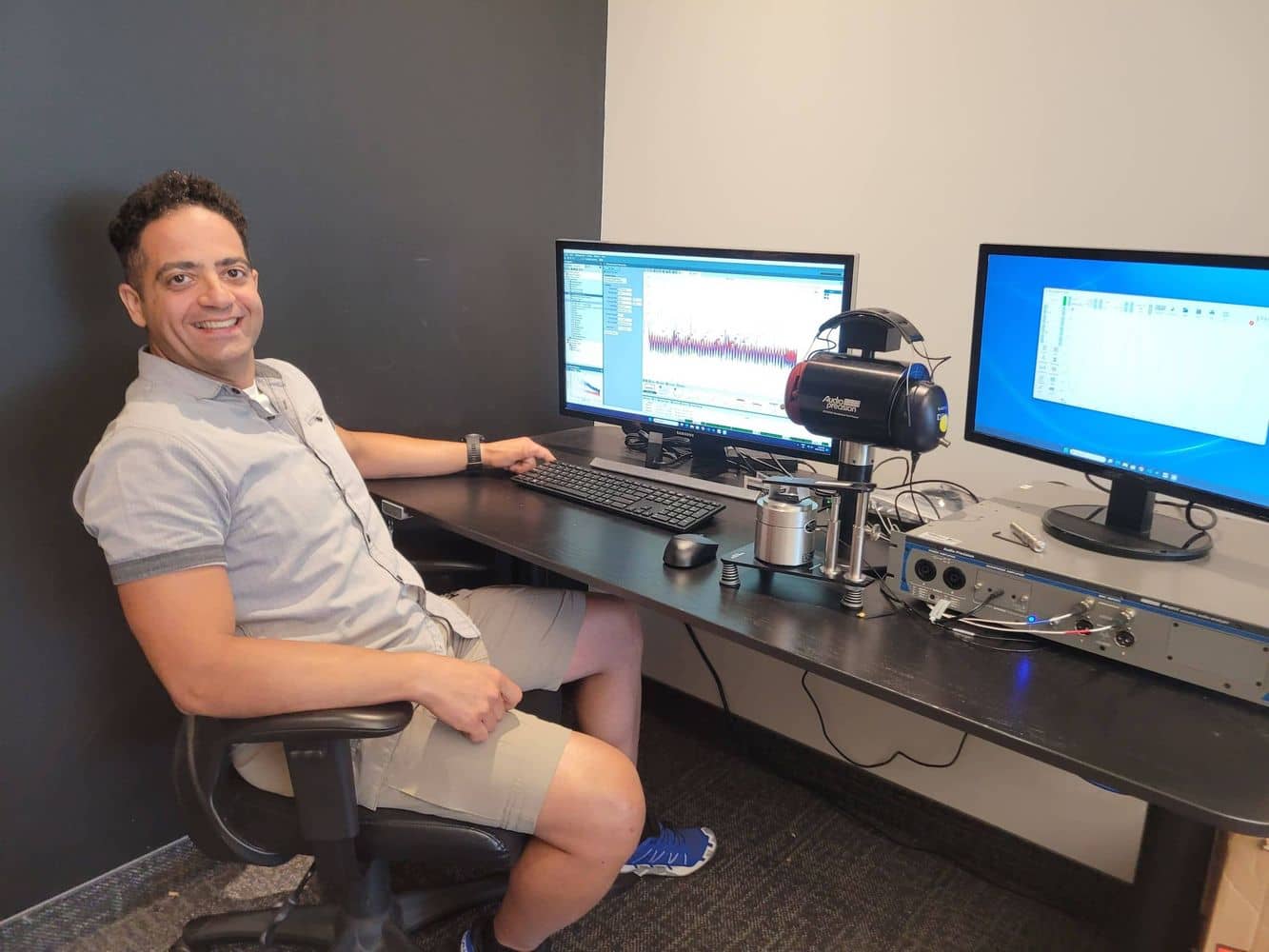
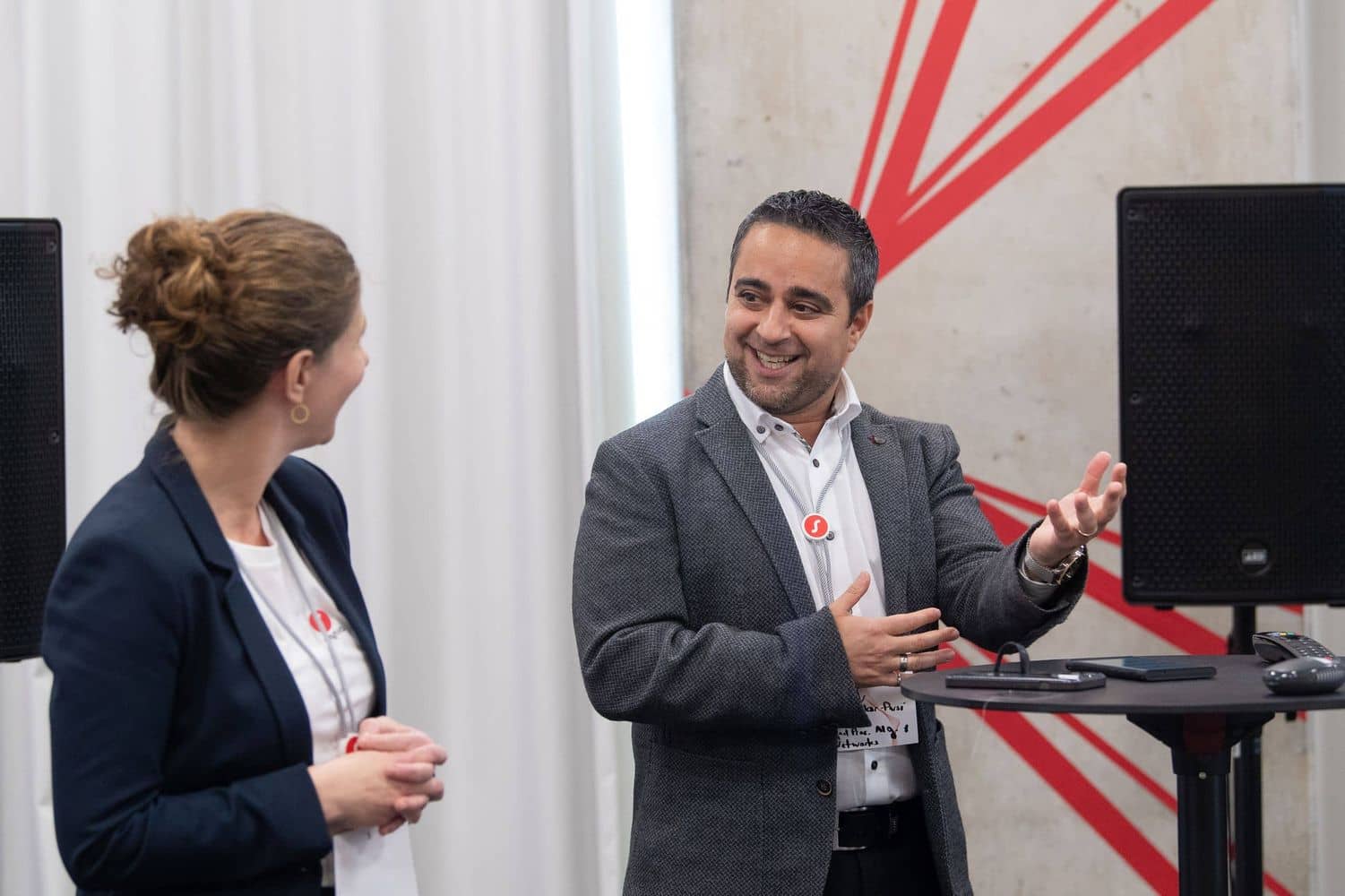
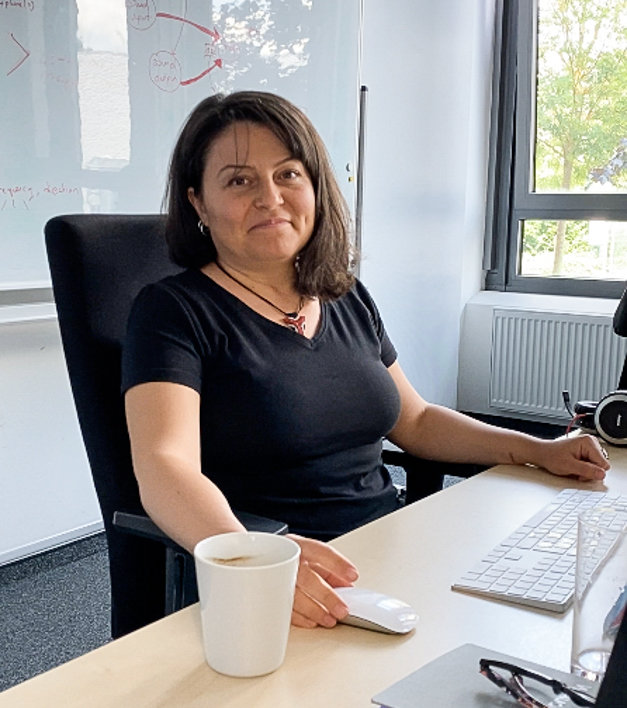
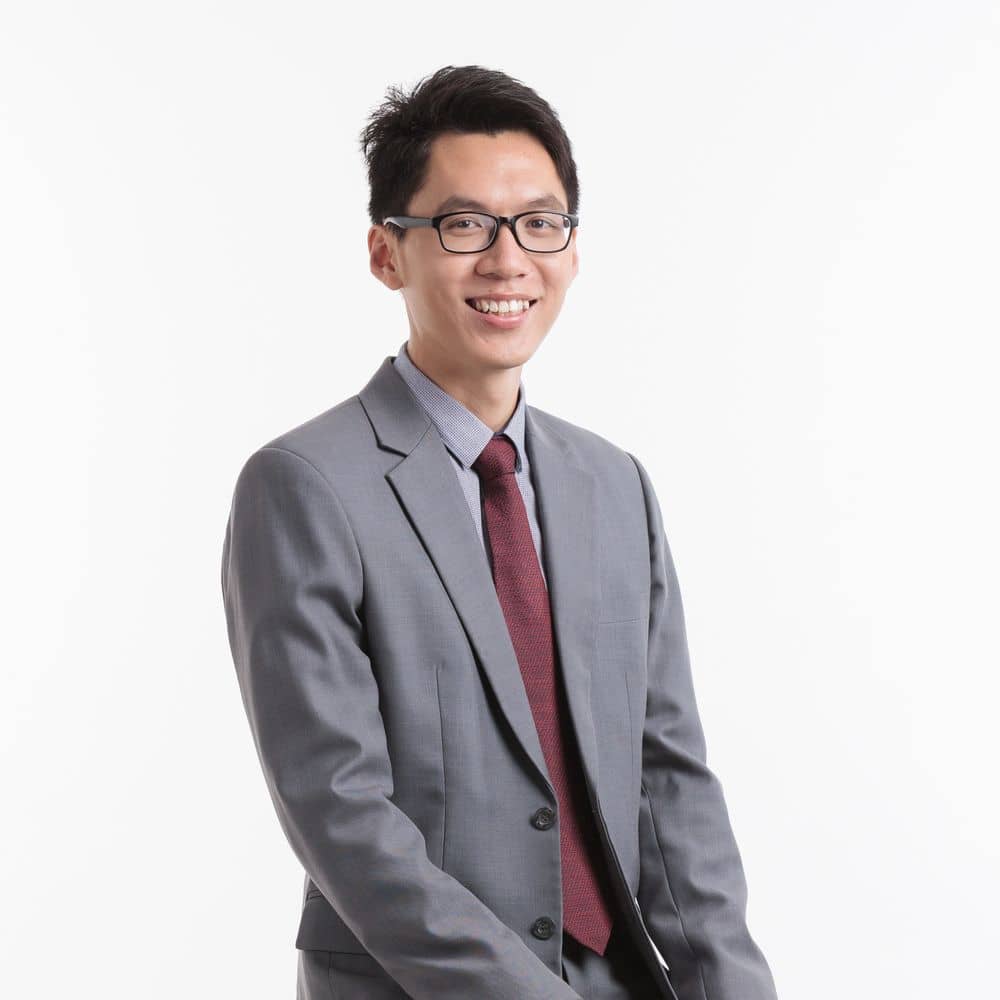
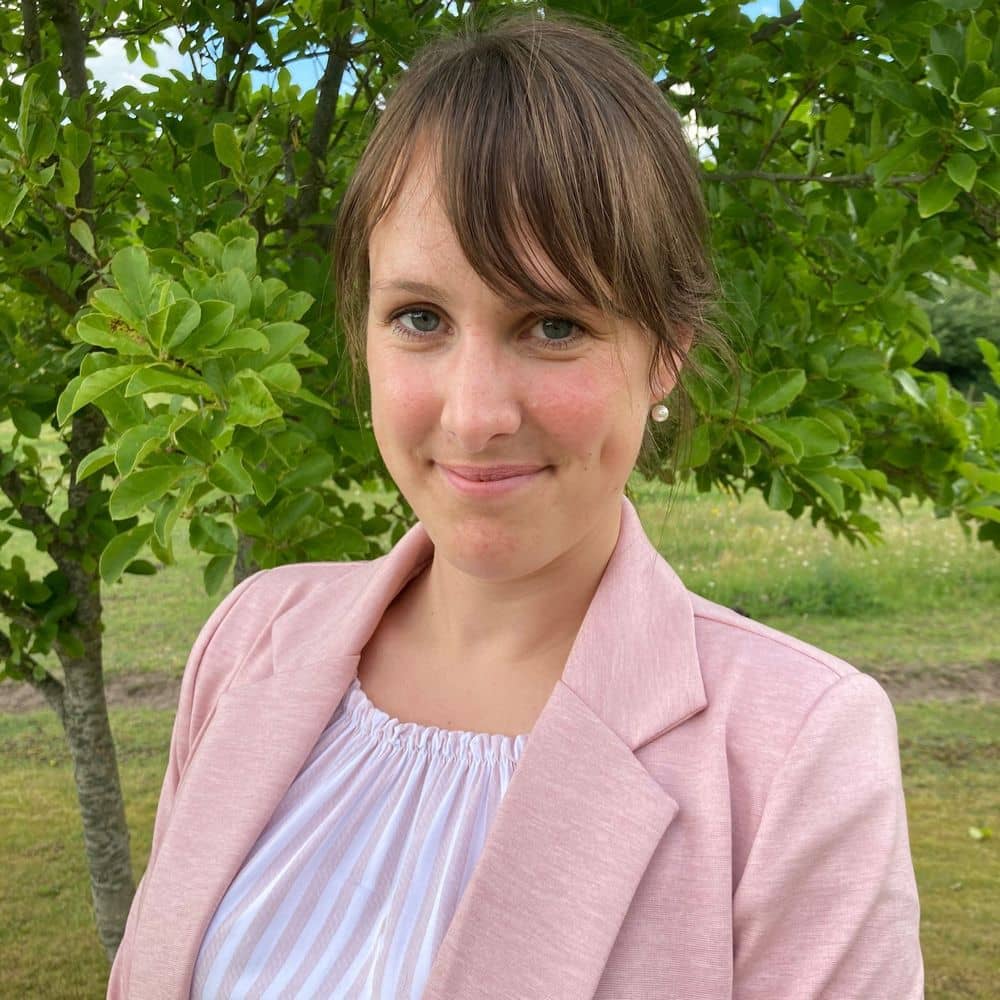
Arlene: "Helping to develop hearing aids gives me a sense of purpose"
Arlene Meidahl, Radio Frequency (RF) Design Engineer, has worked in Lynge, Denmark, for five years. Arlene plays a crucial role in the integration of various components in hearing aids. Her work includes optimizing and integrating key elements such as IC chips, Bluetooth modules and designing Near Field Magnetic Induction (NFMI) antennas.
Thassilo: "I always know why it is worth the effort "
Thassilo Amon, Mechanical Design Engineer, joined WSA in Erlangen, Germany, in April 2023 and works in the hardware ITE (in-the-ear) hearing aid team. He has been closely involved in the development of the Silk Charge&Go IX and its derivatives such as the Sony Over-the-Counter (OTC) hearing aids. He is currently focused on research topics investigating the implementation of new technologies and components in ITE hearing aids.
Arash: "Building Tools that Help People Live Better"
Arash, a Product Owner, works at SHOEBOX, WSA’s diagnostic business. He is based in Ottawa, CA. Thanks to his Unified Calibration System, SHOEBOX can calibrate transducers faster, use the same process for all transducers across various products, and store a very rich set of data points for each calibrated item. Interested to read more?
Homayoun: “You Need an Inner Passion”
Homayoun Kamkar Parsi is Head of Signal Processing, Algorithmic Research, and Neural Networks based in Erlangen, Germany. He joined WSA 14 years ago. He is a visionary through and through and never loses sight of his goal. One of his visions from a long time ago has just been realized with the Signia IX products. Here is more.
Esra: "Always Focus on the User Perspective"
Esra Guenlue Kilic is a UX designer based in Erlangen, Germany. She joined WSA two years ago. Innovation is close to her heart. Recently, she was part of the team that received a UX Design product award for their RT App. Read more.
Andrew: "Being a Problem Solver"
Andrew Ong, Staff Engineer, Rechargeable Systems, is based in Singapore. He has been with WSA for five years. His area of innovation is the design of rechargeable systems: How do we charge the hearing instruments, manage the energy inside, and store and manage it for different applications? Interested to read more?
Katrine: "A Really Complex and Exciting Set of Task Focuses"
Katrine Lange is an Agile Software Manager based in Lynge, Denmark and has been at WSA for 2 years. She describes her current role as follows: “I am the line manager for some of our developers, I am a Scrum Master of one of our teams, and I am the interface to legal and enterprise architect colleagues.” Interested in reading more?